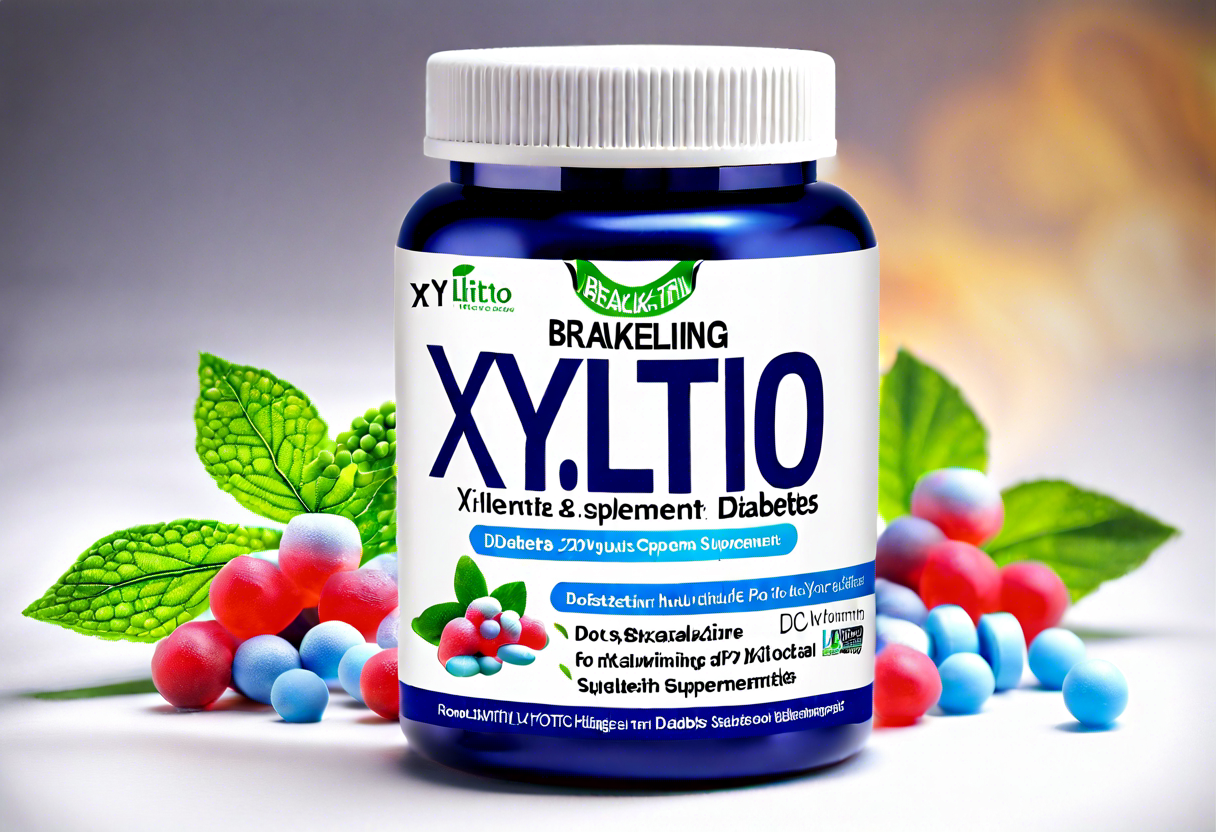How Does the Keto Diet Impact Sweating Patterns?
Following a ketogenic diet, commonly known as the keto diet, can lead to changes in sweating patterns for some individuals. Ketosis, the metabolic state achieved through the keto diet, affects the body’s sweat production through various mechanisms.
One of the reasons behind increased sweating on the keto diet is the diuretic effect caused by the reduction in insulin levels. As insulin decreases, the kidneys excrete more sodium and water, leading to an increased need to stay hydrated, which can result in more sweating.
Moreover, as the body adapts to using ketones for fuel instead of glucose, there is a shift in electrolyte balance. This change can also contribute to changes in sweat composition and volume, further impacting sweating patterns while on the keto diet.
Furthermore, some individuals may experience increased perspiration as a side effect of the body’s adjustment to burning fat for energy. As the body converts stored fat into usable energy through ketosis, there may be metabolic byproducts or changes in hormone levels that increase sweat production.
The keto diet can indeed influence sweating patterns due to various physiological changes associated with ketosis. Understanding these impacts can help individuals better manage their body’s response to the diet and stay comfortable throughout their ketogenic journey.
Understanding the Relationship Between Ketosis and Perspiration
The ketogenic diet, known for its low-carb, high-fat principles, has gained popularity for its potential weight loss and health benefits. However, many individuals following this diet may experience changes in their sweating patterns. Understanding the relationship between ketosis and perspiration can provide insights into why this occurs.
One of the main reasons why people may sweat more while on the keto diet is due to the body’s transition into a state of ketosis. Ketosis occurs when the body shifts from using carbohydrates as its primary fuel source to burning fat for energy. During this metabolic process, ketones are produced, which can have an impact on sweat levels. As the body adapts to using ketones for fuel, it may result in an initial increase in sweating.
Moreover, the keto diet is known to have diuretic effects, leading to increased water excretion and potential electrolyte imbalances. This shift in fluid balance can also contribute to changes in sweating patterns. Dehydration, a common side effect of the keto diet, can trigger the body to sweat more as it tries to cool down and maintain its core temperature.
Additionally, some individuals may experience an increase in sweat production as a result of the thermogenic effect of digesting high-fat foods. The body’s metabolism may ramp up to break down and utilize the fats consumed on the keto diet, leading to an elevation in body temperature and subsequent sweating.
Managing increased sweating while on a ketogenic diet can be achieved through various strategies. Staying hydrated is crucial to maintain electrolyte balance and prevent dehydration-induced sweating. Consuming electrolyte-rich foods and staying mindful of salt intake can help offset imbalances caused by increased water excretion.
Foods high in potassium, magnesium, and calcium can further support proper muscle function and prevent excessive sweating. Additionally, wearing breathable clothing, using antiperspirants, and practicing stress-reducing techniques can help manage sweat levels while following a keto diet.
The relationship between ketosis and perspiration is complex, with various factors contributing to changes in sweating patterns. By understanding the physiological mechanisms at play and implementing strategies to support overall health and hydration, individuals can effectively manage increased sweating while reaping the benefits of the ketogenic diet.
For more information on managing sweating while on a ketogenic diet, check out Ketogenic Diet Resource.
Tips for Managing Excessive Sweating While on a Keto Diet
Experiencing excessive sweating while on a keto diet is a common occurrence for many individuals. As the body adapts to using ketones as its primary source of energy instead of carbohydrates, changes in sweating patterns may arise. Fortunately, there are several strategies that can help manage and minimize excessive sweating while following a ketogenic lifestyle.
One effective tip for managing excessive sweating on a keto diet is to stay well-hydrated. Dehydration can exacerbate sweating, so it is crucial to drink an adequate amount of water throughout the day. Proper hydration not only supports overall health but can also help regulate body temperature and reduce the likelihood of excessive sweating.
In addition to staying hydrated, incorporating electrolytes into your diet can also be beneficial in managing sweating while on a keto diet. Electrolytes play a key role in maintaining fluid balance in the body and supporting proper muscle function. Including sources of electrolytes such as sodium, potassium, and magnesium in your meals or through supplements can help prevent imbalances that may contribute to increased sweating.
Another tip for managing excessive sweating on a keto diet is to pay attention to your clothing choices. Opt for breathable fabrics that allow moisture to evaporate from the skin, such as cotton or moisture-wicking materials. Wearing loose-fitting clothing can also promote air circulation and help keep you cool, reducing the likelihood of excessive sweating.
Additionally, incorporating stress-reducing activities into your daily routine can help manage sweating triggered by emotional or psychological factors. Practices such as yoga, meditation, deep breathing exercises, or spending time outdoors in nature can help lower stress levels and promote relaxation, reducing the body’s tendency to sweat excessively.
By implementing these tips for managing excessive sweating while on a keto diet, individuals can navigate the potential changes in sweating patterns that may occur during the adaptation phase of ketosis. Remember that each person’s experience with sweating on a ketogenic diet may vary, so it is essential to listen to your body and make adjustments that best support your overall well-being.
Potential Causes of Increased Sweating on a Ketogenic Diet
Understanding the Causes of Increased Sweating on a Ketogenic Diet
When embarking on a ketogenic diet, some individuals may notice an increase in their sweating patterns. This phenomenon can be attributed to several factors related to the metabolic changes that occur in the body when following a keto diet. One of the primary reasons for increased sweating is the body’s transition into a state of ketosis. Ketosis is a natural metabolic state characterized by elevated levels of ketone bodies in the blood, which occurs when the body shifts from using glucose as its primary fuel source to using fat for energy.
As the body adapts to burning fat for fuel, it undergoes several changes that can impact sweating. During the initial stages of ketosis, the body may excrete more sodium and water, leading to an increase in urine output. This process, known as diuresis, can contribute to dehydration, prompting the body to perspire more in an effort to maintain fluid balance. Additionally, ketosis can also alter hormone levels in the body, including increased production of adrenaline and noradrenaline, which can stimulate the sweat glands and result in increased sweating.
Furthermore, the ketogenic diet is often associated with a higher protein intake, which can also play a role in increased sweating. Protein metabolism produces urea as a byproduct, which is excreted through sweat. As a result, higher protein consumption on a keto diet can lead to elevated levels of urea in the body, contributing to increased sweating.
It is essential to note that while increased sweating may be a common side effect of the ketogenic diet, it is typically temporary and tends to decrease as the body adapts to using fat for fuel more efficiently. Staying hydrated, ensuring an adequate intake of electrolytes, and practicing good personal hygiene can help manage excessive sweating while following a keto diet.
Increased sweating on a ketogenic diet is primarily due to the body’s transition into ketosis, alterations in hormone levels, diuresis, and higher protein intake. By understanding these factors and implementing strategies to support overall health and hydration, individuals can effectively manage excessive sweating while reaping the many benefits of a keto lifestyle.
Learn more about ketogenic diets and their effects on sweat production here.
Debunking Myths: Common Misconceptions About Sweating on Keto
When following a ketogenic diet, it’s not uncommon for individuals to experience changes in their sweating patterns. However, there are several myths and misconceptions surrounding sweating on the keto diet that need to be addressed.
One common myth is that sweating profusely means you are effectively burning fat. While it is true that ketosis, the metabolic state induced by the keto diet, promotes fat burning, sweating alone is not a reliable indicator of fat loss. Sweating is primarily a mechanism by which the body regulates its temperature and detoxifies, rather than a direct measure of fat metabolism.
Another misconception is that increased sweating on keto is always a negative side effect. In reality, some individuals may experience temporary increases in sweating as their bodies adapt to using ketones for fuel instead of glucose. This adjustment period, often referred to as the "keto flu," can lead to symptoms like increased perspiration, which typically subside as the body becomes keto-adapted.
Furthermore, there is a belief that sweating excessively on the keto diet is a sign of dehydration. While it’s essential to stay well-hydrated when following a ketogenic lifestyle, sweating alone does not necessarily indicate dehydration. In fact, the keto diet can have a diuretic effect initially, causing the body to release excess water and electrolytes, which may contribute to increased sweating.
It’s crucial to understand that individual responses to the keto diet can vary, including how it impacts sweating patterns. Factors such as hydration levels, electrolyte balance, physical activity, and environmental conditions can all influence how much a person sweats while on keto.
While sweating may indeed be a part of the keto experience for some individuals, it is essential to separate fact from fiction when it comes to understanding the relationship between the keto diet and perspiration. By debunking these common myths about sweating on keto, individuals can navigate their ketogenic journey more confidently and make informed decisions about their health and wellness.
Key Takeaway:
When following a keto diet, individuals may experience changes in their sweating patterns due to various factors related to the metabolic state of ketosis. Understanding the relationship between the keto diet and perspiration is crucial for managing excessive sweating while on this dietary plan. By implementing certain tips and strategies, individuals can effectively address increased sweating on a ketogenic diet. Additionally, identifying potential causes of sweating on keto can help individuals make informed decisions about their dietary choices. It is also essential to debunk common myths surrounding sweating on the keto diet to provide clarity and dispel misconceptions on this topic. By exploring these key aspects, individuals can navigate the effects of the keto diet on sweating patterns more effectively and make informed decisions about their health and wellness.
Conclusion
Delving into the impact of the keto diet on sweating patterns reveals a complex interplay between ketosis, hydration levels, electrolyte balance, and individual metabolic responses. Understanding how ketosis influences perspiration can help keto dieters manage excessive sweating more effectively. By staying well-hydrated, replenishing electrolytes, wearing breathable clothing, and practicing good personal hygiene, individuals can address potential causes of increased sweating while on a ketogenic diet. Furthermore, debunking common myths surrounding sweating on keto, such as the misconception that sweating equates to fat loss, is crucial for gaining a realistic perspective on this physiological phenomenon. By adopting practical strategies and dispelling misconceptions, keto enthusiasts can navigate the realm of sweating more confidently and enjoy the numerous health benefits that the ketogenic diet has to offer.









